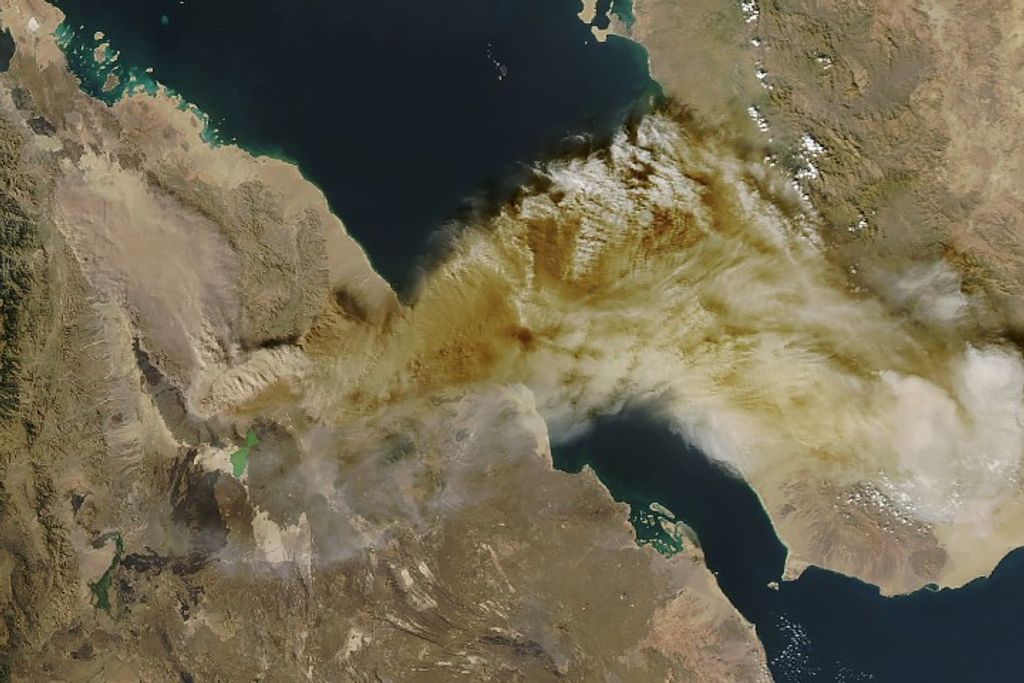1 min read
Images of the Asteroid Ceres As It Rotates One Quarter

NASA's Hubble Space Telescope took these images of the asteroid 1 Ceres over a 2-hour and 20-minute span, the time it takes the Texas-sized object to complete one quarter of a rotation. One day on Ceres lasts 9 hours.
Hubble snapped 267 images of Ceres as it watched the asteroid make more than one rotation. By observing the asteroid during a full rotation, astronomers confirmed that Ceres has a nearly round body like Earth's. Ceres' shape suggests that its interior is layered like those of terrestrial planets such as Earth. Ceres may have a rocky inner core, an icy mantle, and a thin, dusty outer crust inferred from its density and rotation rate.
The bright spot that appears in each image is a mystery. It is brighter than its surroundings. Yet it is still very dark, reflecting only a small portion of the sunlight that shines on it.
Ceres is approximately 580 miles (930 kilometers) across and is the largest known asteroid. It resides with tens of thousands of other asteroids in a region between the orbits of Mars and Jupiter called the main asteroid belt. Besides being the largest asteroid, Ceres also was the first to be discovered, in 1801.
Astronomers enhanced the contrast in these images to bring out important features on Ceres' surface. The observations were made in visible and in ultraviolet light. Hubble took the snapshots between December 2003 and January 2004.
About the Object
- DistanceDistanceThe physical distance from Earth to the astronomical object. Distances within our solar system are usually measured in Astronomical Units (AU). Distances between stars are usually measured in light-years. Interstellar distances can also be measured in parsecs.The semi-major axis of Ceres' orbit about the Sun is 2.77 Astronomical Units (A.U.) or roughly 257 million miles (414 million kilometers). At the time of the Hubble observations, Ceres was roughly 1.63 A.U. from Earth.
- DimensionsDimensionsThe physical size of the object or the apparent angle it subtends on the sky.Ceres is has a mean diameter of approximately 590 miles (950 kilometers). The object has a 974.6 km diameter at the equator and a slightly smaller diameter (909.4 km) pole-to-pole.
About the Data
- Data DescriptionData DescriptionProposal: A description of the observations, their scientific justification, and the links to the data available in the science archive.
Science Team: The astronomers who planned the observations and analyzed the data. "PI" refers to the Principal Investigator.This image was created from data from the HST proposal 9748: J. Parker (Southwest Research Institute), L. McFadden (University of Maryland), C. Russell (University of California, Los Angeles), A. Stern (Southwest Research Institute), M. Sykes (University of Arizona), P. Thomas (Cornell University) and E. Young (Southwest Research Institute). - InstrumentInstrumentThe science instrument used to produce the data.HST>ACS/HRC
- Exposure DatesExposure DatesThe date(s) that the telescope made its observations and the total exposure time.December 2003 - January 2004
- FiltersFiltersThe camera filters that were used in the science observations.F330W (U) and F555W (V)
- Object NameObject NameA name or catalog number that astronomers use to identify an astronomical object.Ceres, 1 Ceres
- Object DescriptionObject DescriptionThe type of astronomical object.Minor Body in the Main Asteroid Belt
- Release DateSeptember 7, 2005
- Science ReleaseLargest Asteroid May Be ‘Mini Planet’ with Water Ice
- Credit
Related Images & Videos

Images of the Asteroid Ceres Rotation
NASA's Hubble Space Telescope took these images of Ceres during its 9-hour rotation. The colors represent the differences between relatively red and blue regions. These differences may simply be due to variation on the surface among different types of material. Astronomers...

Ceres: December 30, 2003 - January 24, 2004
NASA's Hubble Space Telescope took these images of Ceres during its 9-hour rotation. The colors represent the differences between relatively red and blue regions. These differences may simply be due to variation on the surface among different types of material. Astronomers...
Share
Details
Claire Andreoli
NASA’s Goddard Space Flight Center
Greenbelt, Maryland
claire.andreoli@nasa.gov









































